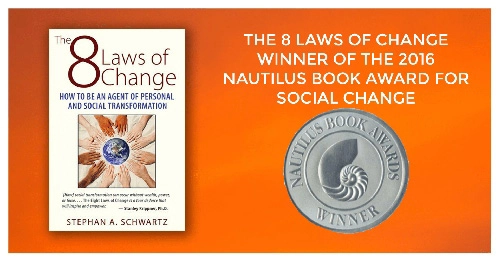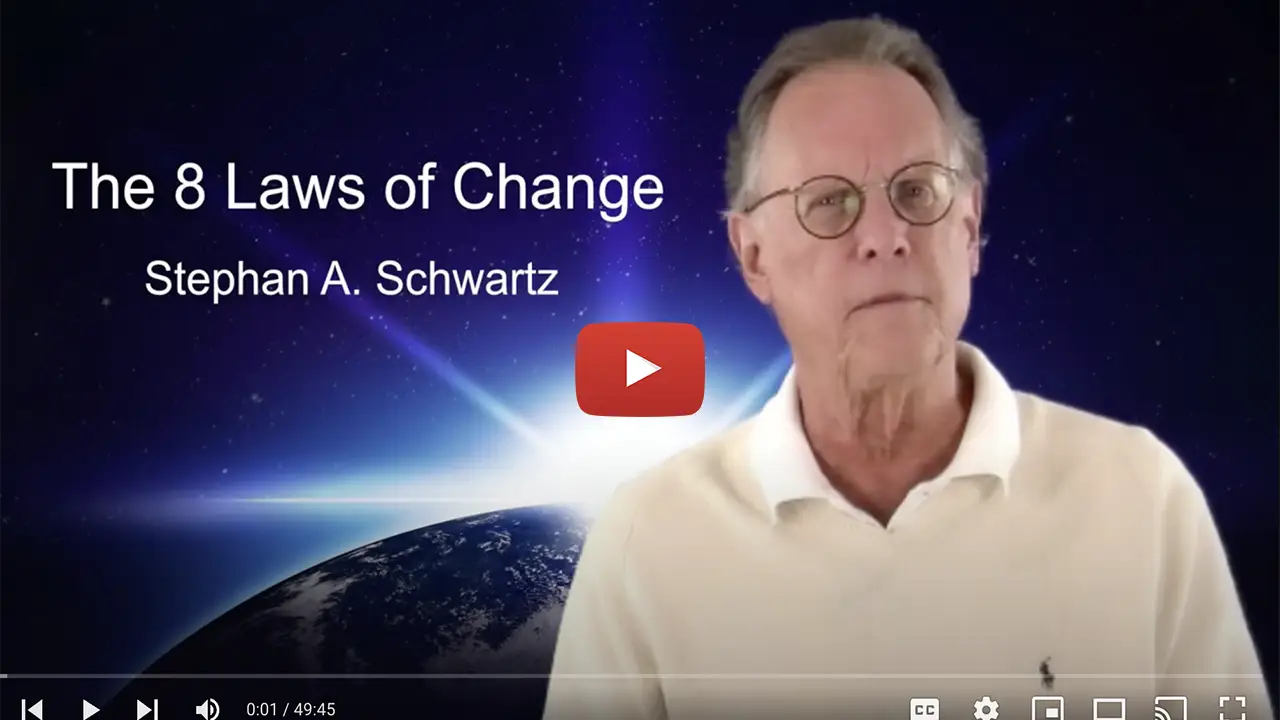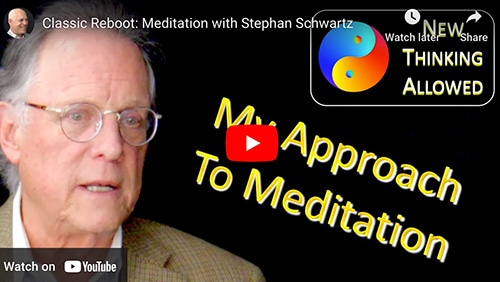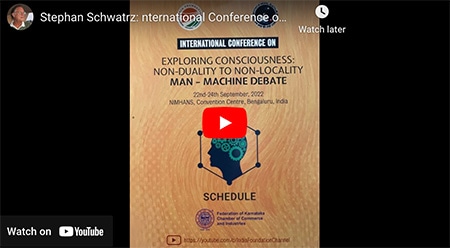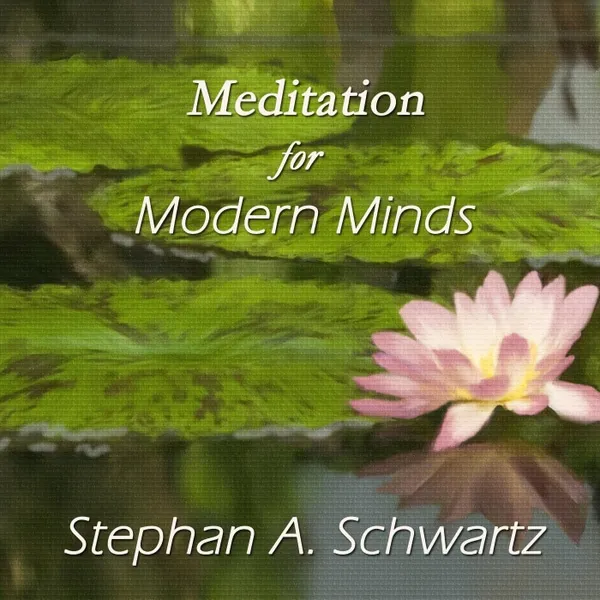Justin McCarthy, - The Gallup Organization
Stephan: No government, particularly no democracy, can long endure when it is held in contempt by the people whose interests it is supposed to represent. Yet month after month, and now year after year that is exactly what is happening, as this Gallup study makes clear. And yet the subject is hardly mentioned by media or campaigners.
WASHINGTON, D.C. — Americans’ confidence in each of the three branches of the U.S. government remains low, with confidence in Congress and the Supreme Court near their all-time lows reached last year. Currently, 33% of Americans have “a great deal” or “quite a lot” of confidence in the presidency, 32% are this confident in the Supreme Court, and Congress is still well behind, at 8%.
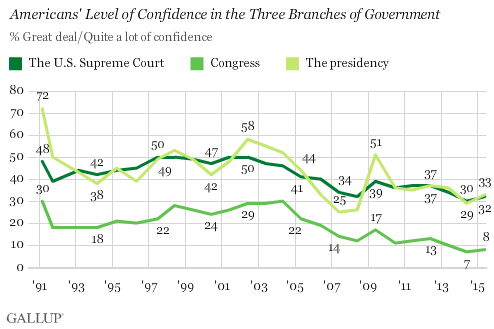
While Congress has consistently received the lowest confidence rating of the three branches of government, the Supreme Court and the presidency usually track each other closely. This is apart from times when the incumbent president has been extremely popular, as in 1991 and 2002, or exceptionally unpopular, as in 2007 and 2008.
Gallup’s June 2-7 poll found confidence in the presidency rising slightly to 33% from 29% last year, which in turn was just four percentage points above the historical low of 25% in 2007. The uptick in confidence in the presidency this year is consistent with Americans’ higher job approval ratings of President Barack Obama since last fall.
Meanwhile, ratings of the Supreme Court and Congress, which had dropped to record lows in […]
No Comments
Bret Stetka, - Scientific American
Stephan: Here is some very thought provoking commentary on the origins of religion. I think it is only part of the story, for instance it completely ignores the nonlocal consciousness experiences we have traditionally called spiritual that are so transformative. But the association of religion and affluence is certainly an area for further research.
The Beginnings of Moral Religion
These five major movements mark the beginning of humanity’s turn toward religions that emphasize personal morality and asceticism, according to a new study.

About 2,500 years ago something changed the way humans think. Within the span of two centuries, in three separate regions of Eurasia, spiritual movements emerged that would give rise to the world’s major moral religions, those preaching some combination of compassion, humility and asceticism. Scholars often attribute the rise of these moral religions—Buddhism, Judaism, Islam, Hinduism and Christianity included—to population growth, seeing morality as a necessary social stabilizer in increasingly large and volatile human communities. Yet findings from a recent study published in Current Biology point to a different factor: rising affluence.
The authors investigated variables relating to political complexity and living standards. Affluence emerged as a major force in the rise of moral religion, in particular, access to energy. Across cultures moral religions abruptly emerged when members of a population could reliably source 20,000 calories of energy a day, including food (for humans and livestock), fuel and raw materials.“This number appears to correspond with a certain […]
1 Comment
Benjamin Feamow, - CBS News - Atlanta
Stephan: Here is the latest on the increasing weight of Americans, particularly women, although men have also gone up. The health implications are obvious, and none of the them are good.
 ATLANTA, GEORGIA — The average American woman
ATLANTA, GEORGIA — The average American woman now weighs as much as the average American man weighed in 1960.
now weighs as much as the average American man weighed in 1960.
Both U.S. men and women have been packing on the pounds since 1960, with the Centers for Disease Control and Prevention showing that the average American woman now weighs 166.2 pounds – nearly identical to what American men weighed in the 1960s. And U.S. men have expanded greatly in the same time period, having gained nearly 30 pounds from the 1960s to 2010 – 166.3 pounds to 195.5 pounds today.
The CDC data shows that both sexes have gained almost an inch in height from the 1960s, which factors into some of the overall weight gain. But women have seen an 18.5 percent increase in weight gain from 1960 and men have shown a 17.6 percent increase in overall weight gain.
Today’s American male weighs nearly as much as 1.5 American females from the 1960s, with today’s U.S. male weighing an average 195.5 pounds and having a nearly 40-inch waist circumference (39.7 inches).
American women today […]
No Comments







